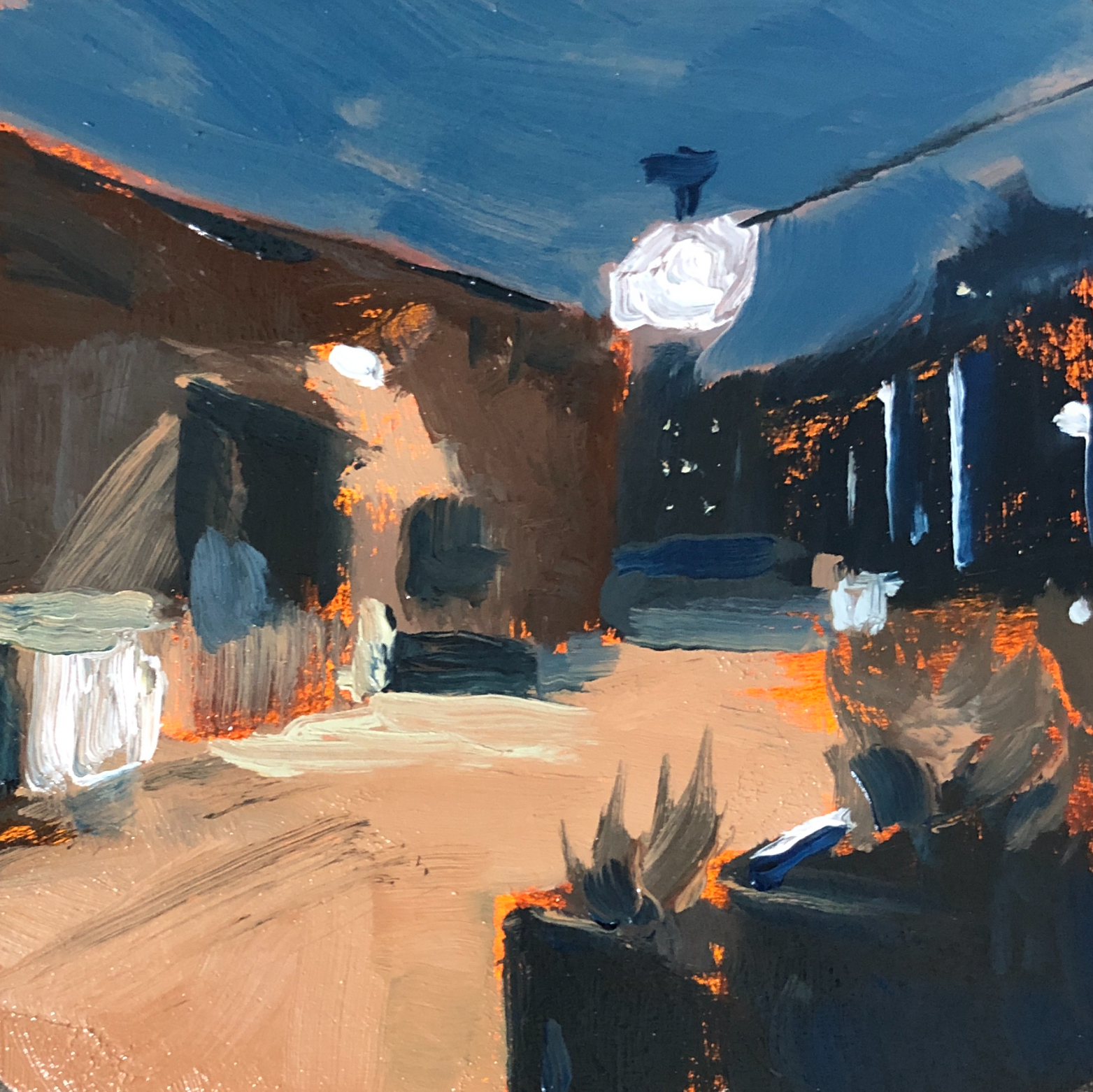Do you want to start selling art online but don’t know where to start? Then keep reading because this is just for you.
After reading this post you will learn several places to sell your work online and various ways to market it. This is just a starting point and I will cover all these topics in far more detail in future posts.
The first thing you need is to have a body of work to sell. You can post a single painting for sale, but it helps if you have at least 10-20 works of art to fill a shop. It shows customers you are serious and gives them a feeling for your style.
Next you need a shop. If you are just getting started, sites like Etsy, Ebay, and Saatchi are good places to start because they can be cheaper than maintaining a website. Do a little research to see what platform you like best. I started with Etsy and it has worked well for me. These sites are also good places to start because they have millions of users and can get you some traffic if you have yet to grow your own collector base. But you still have to do your own marketing; you can’t simply post art and wait for the sales to roll in. That doesn’t happen and that’s why many people get frustrated with sites like these.
Ideally you will want your own website because it looks more professional, and, more importantly, it gives you more independence and enables you to play by your own rules. Until you have your own site, you are essentially building a house on rented land. And if the owner of that land disappears or changes the rules, you could lose your house. Having your own site will give you control over the presentation of your art and enable you to collect contact information for a mailing list too.
Having a mailing list is essential because it gives you a direct line of communication with your collectors. It also is a secure way to always stay in contact with you audience. Social media like Instagram is a key component to marketing, but if it ever goes away or becomes ineffective, you will always have your email list. Nobody can take that from you. You need to be in control of the line of communication with your collectors.
There are many providers of email marketing software. Mail chimp has a free option if you have a list under 2000 subscribers. But there are many other companies so research them and see which works for you.
With that said, social media like Instagram is still essential to marketing your art. Currently, Instagram is one of the best platforms for building an audience for your brand, completely free. But mastering Instagram is a skill that takes much practice, testing, and research. It may be free, but you have to invest a lot of time for it to be effective.
I offer consulting calls and can help you master Instagram. I’ve been organically growing my following by more than 1000 followers per month, and you can too. Email me to schedule a call.
Another powerful marketing platform is YouTube. Providing educational videos is a great form of content marketing. By teaching others, you get to help people learn painting, and it also helps them discover you and your own paintings.
So let’s review, to successfully sell artwork online, you will need a cohesive body of work that can easily convey your style, a shop (ideally a website), an active and growing mailing list, and a solid presence on Instagram YouTube or other social media platform.
If you are missing one of these components, it could significantly impact your sales. Above all else, you need to be flexible and able to change your system at any time. Technology changes at a rapid pace, and if you don’t change with technology, you will get left in the past, and so will your sales. You have to be hungry. You have to want it more than your competitors. Always be on your toes.

